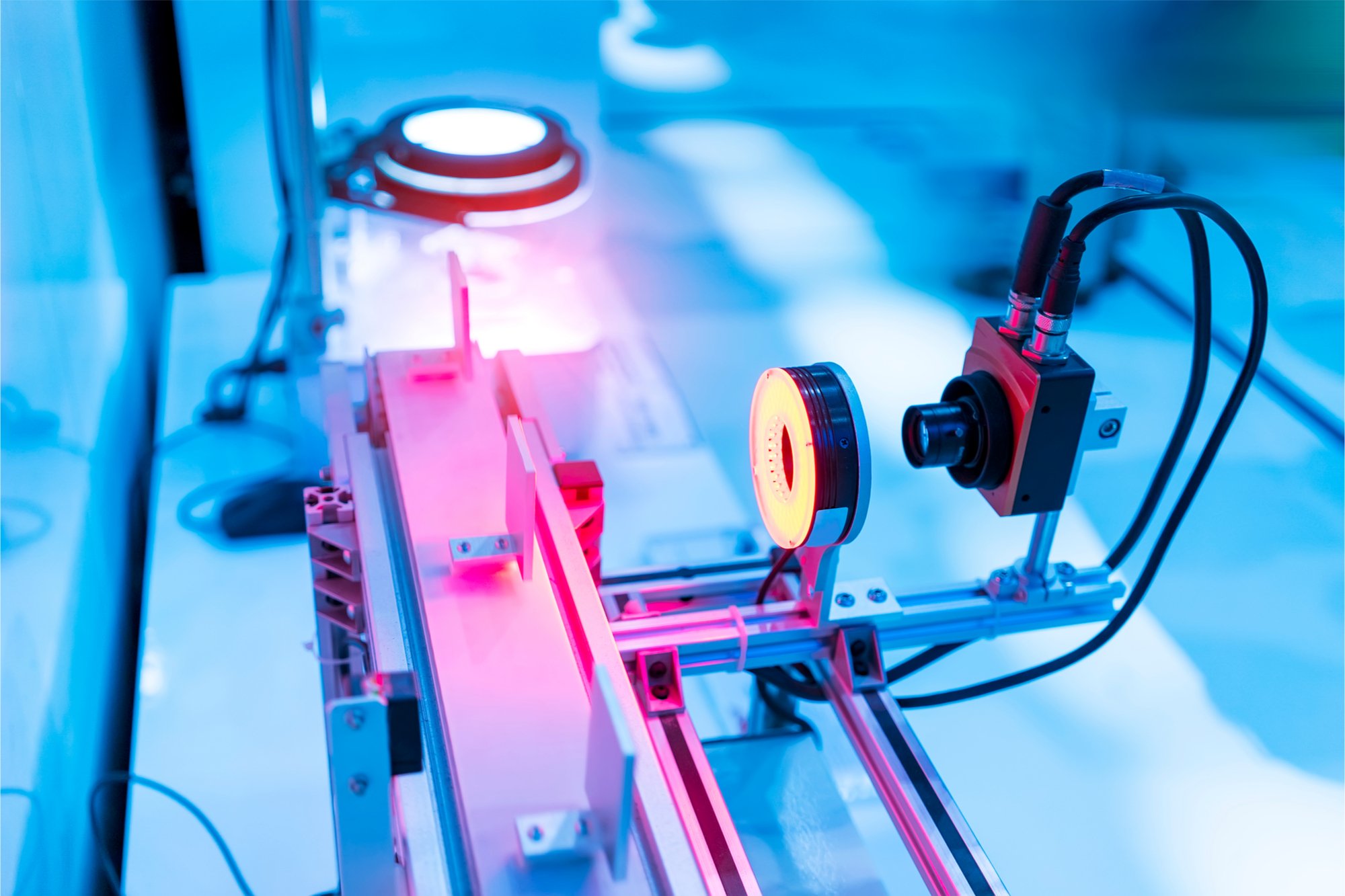Sensors & Instruments
Sensors are becoming increasingly common across a broad range of applications, and we are seeing more and more customers request sensors on their PCB and cable assemblies to enhance safety and security or improve convenience. These sensors can identify and monitor all manner of things. Amongst a myriad of other uses, they can measure temperature, regulate pressure, gauge distance and detect smoke.
Whether you are looking to monitor livestock, manage your assets by tracking a fleet of vehicles or improve the safety of protective headgear such as helmets — the possibilities really are endless with sensors.
As the world becomes increasingly digital, we are also starting to see sensors combined with the connectivity afforded by the ‘Internet of Things’ (IoT) technologies. For example, sensors can be used to monitor the temperature of commercial fridges and freezers. Rather than manually checking the temperature, IoT allows data to be recorded and stored in the cloud, enabling real-time alerts and superior remote monitoring.
Better connectivity
Many applications like this will currently be using conventional 4G and now 5G. However, remote sensors send small packets of data at regular intervals and often need to connect in areas away from the traditional infrastructure and a convenient power supply. If lots of sensors are linked in these types of environment, the connection could be slow and result in loss of functionality and productivity.
Long-range wireless IoT technologies form the basis for an LPWAN (Low-Power Wide-Area Network). They are specially designed for long-range capabilities and sending small amounts of data from numerous low-power devices — such as sensor endpoints — at longer intervals. These wireless IoT technologies can be used across a range of sensing applications, especially within the medical sector, industrial controls or building management.
At EC Electronics, we have vast experience and technical knowledge of working with these types of devices and both Sigfox and LoRa-based platforms. Our facilities are LPWAN enabled, and we have antennas at our factories in the UK and Romania — allowing us to test products and communicate with the network directly.
For many of the products within this field, control, consistency and reliability are also paramount. This is why we only manufacture electronics to the highest quality levels, including IPC-A-610 standards for PCB assemblies and IPC/WHMA-A-620 for cable assemblies. EC Electronics is also ATEX certified to EN ISO/IEC 80079-34:2018 in line with IECEx and ATEX Directive 2014/34/EU. The ATEX certificate guarantees intrinsic safety (IS) for the electrical components in sensors and instruments intended for use in potentially explosive atmospheres.





